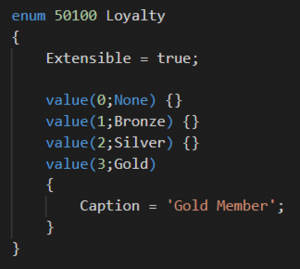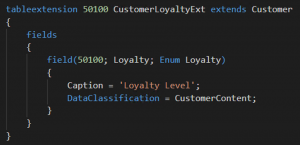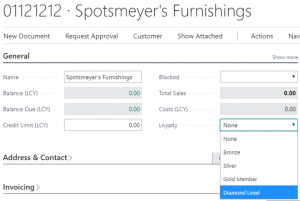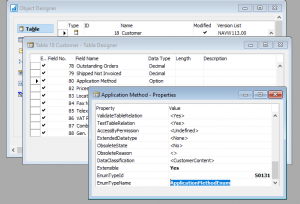I started to write this post while flying across the Atlantic Ocean on the second of a three leg journey home, a BA flight from London to Phoenix. It has been a very long trip that started when I traveled to Holland for Directions EMEA in Den Haag at the end of October. Since Directions and NAV Techdays were relatively close together, I decided to just stay with my family in Holland for those 4 weeks rather than fly back and forth twice in less than a month. This has been the longest that I’ve ever been away from home, and I was SO ready to be back in my own house.
NAV Techdays ended last Friday, and it’s been another fantastic week, as we’ve come to expect. As far as I can tell, the attendees in my pre-conference workshop were happy with the content, I can’t wait to get the feedback and see what I can improve for next time.
As per usual, Luc has posted the videos in record time, less than a week after the event. The whole playlist can be found here, and I wanted to highlight some of my favorite sessions. One of the most important developments in current technology is machine learning and AI. Dmitry Katson and Steven Renders put together an awesome session to introduce machine learning to us. The award for most entertaining session goes to Waldo and Vjeko, who put on a concert and wowed the audience with some really cool content. I also want to point out the session about CI/CD, which is going to be one of the most important things for everyone that is serious about implementing a professional development practice. Of course, I have to also mention the Docker session, which is the technology that makes it all possible.
Furtunately, next year’s event is not scheduled on Thanksgiving, which is a national holiday here in the US, one that typically involves lots of friends and family, and lots of food. I’ve had to miss it the past couple of years, and each time I’ve been bummed to hear the stories of all the great meals and gatherings that my family got to have without me. Next year I’ll be home for Turkey Day!
Thanks for another super event, it’s one of my favorite weeks of the year.





